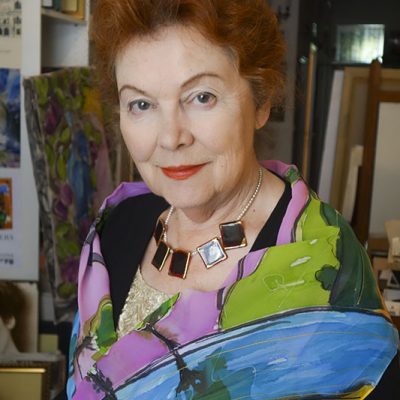ZAGREB, NEW CYCLES – Ceramics, glass, silk – Modern Gallery Studio “Josip Račić”
June 9. 2016.
NEW CYCLES – Ceramics, glass, silk-Modern Gallery Studio “Josip Račić”-Zagreb-09.06.-23.06.2016.
Ceramics, glass and silk – something like earth, water and air: from the weight of the primal substance ‘from which we come and to which we shall return’, via the part taken by light in the transformation of this gravity to the hovering levity of wind and wing. Metaphors burn up from the fire, for the flame to be able to be renewed. With some thirty works in ceramics, glass and silk, Ljerka Njerš shows a selection made from the last two years of her work. The irresistible challenge of substance is here tripled. Substance, matter, offers the stimulus of its properties, but also bends to the author’s will, incorporated into the unique and superior world of her forms.
Ljerka Njerš, who took a degree in painting at the Academy of Fine Arts in Zagreb, having learned from Croatia’s most important artists, with the finishing touch placed by Marino Tartaglia – has nevertheless always heeded to the call of some other materials. Not so much canvas and paper, neutral support materials, although she ranged over them freely, with a great gift for drawing and propensity for colourism. Ever since her first independent appearance, in 1962, she has been particularly interested in the relationship between what is called pure and applied or use art. The ‘pure’ is offered, as it were, on a plate, the ‘applied’ is translated to a level above that of use. The ancient history of fired earth, ceramics, porcelain – and then of glass and textile – has found in the work of Ljerka Njerš both continuity and renovation.
Objects of applied art, even if they are in themselves artefacts, have during history undergone interventions from the ‘pure’. This ‘pure’, particularly when it is a matter of decoration, has spread across their epidermis as a kind of added value. Thus the painted intervention on the form and matter of the cup, the plate and the vase was a kind of reward on top of the immediate service. It emphasised the presence and personality of the object and at the same time, by virtue of some inbuilt dream vision, led away from it. In use, the picture would often vanish, concealed by fruit, flower, food and drink. When the object was liberated from its service and brought back to itself, the picture too would come back. Thus a field of inconstant presence was created. But if the object, in the very design and purpose, was liberated from practical use, if only the shape of it was remembered, all the same, what would be linger of this omitted belongingness to a kind would be, like a spice, just this little ambiguity, some little tension in the definition, some small defiant distancing from the metaphysical offer of canvas or paper. A painted plate. Wonderful Renaissance scenes full of ochre and azure. What is it for? It is a picture. But a painting that is given with an atavistic sense of a function. That suggests immediate communication and attains a more intimate status in the space of life.
The ceramic art of Ljerka Njerš has gone through very various phases, but even when it appeared in the remembered forms for practical service, it was always a precious object, with its own unique existence as purpose. The surfaces could be smooth or volumes that were ultimately supple, the glazes and finishes lastingly absorbed the look with their rich and yet tender colourism, and all the roughness of the world was imprinted on the inexhaustible changes of the surfaces. In the works of Ljerka Njerš there is a very fruitful play of intended design and fortuity, of technology as sharer in the ultimate artfulness of the work. There is something of the Art Nouveau trust in the unexpected included in the artist’s intentions. It is not surprising that it was in Klimt in particular that she found historical kinship, in the blending of precision and spilling, of legible narrative motif and ornament, of line and coloured wave. And the art of the Far East absolutely comes within the panorama of her affinities and promptings, discerned in the speed and accuracy of her notation of the seen motif, as well as before eternity, and in the allusive ideograms of space. Ljerka Njerš neglects neither the exterior nor the interior surface of the object, inducing the eye to glide and yet to descend into the depths and the voids. Every object of hers engages time and is experienced as a journey.
A separate chapter of her luminous travels is composed of the objects in glass. The soul of the substance intensifies the power of colour, the beauty of iridescence opens up some aerial zones of powerful lyrical charges. The same thing holds true for the painted silks, which spread forth fabulous landscapes either in the rectangle of the painting or when enveloping the body.
Companionship with substances requires a certain quietness. In these objects, much of the author’s silence is on display. And yet this stillness is extremely musical, which will certainly be discerned by the eye that listens.
Željka Čorak
-
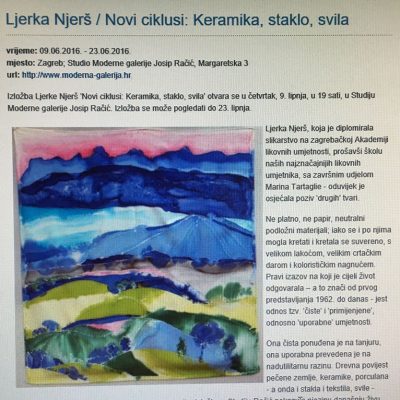
-
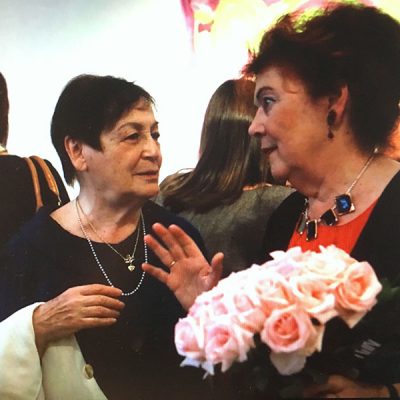
-
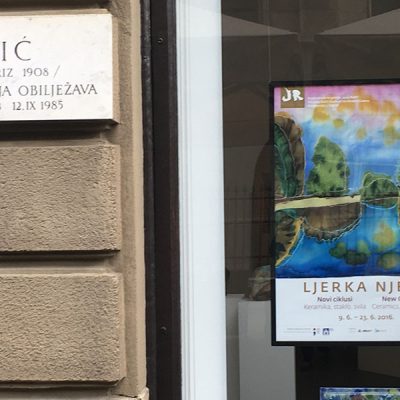
-
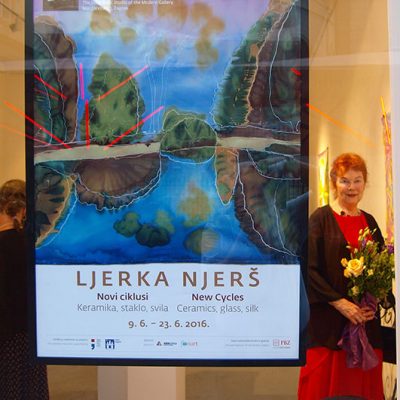
OLYMPUS DIGITAL CAMERA -
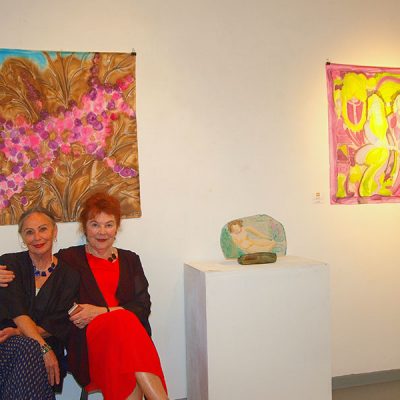
OLYMPUS DIGITAL CAMERA -
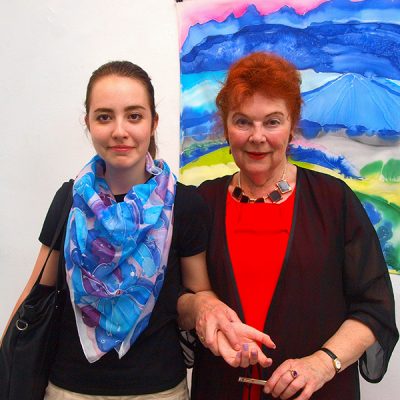
OLYMPUS DIGITAL CAMERA -
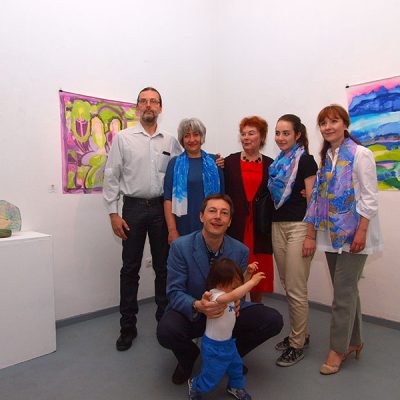
OLYMPUS DIGITAL CAMERA -
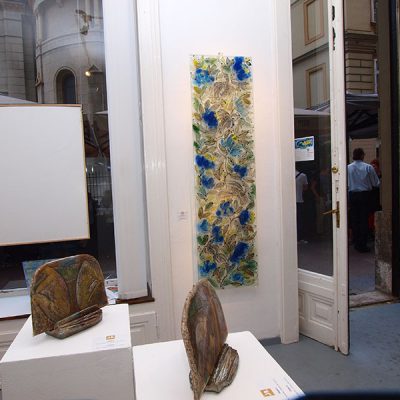
OLYMPUS DIGITAL CAMERA -
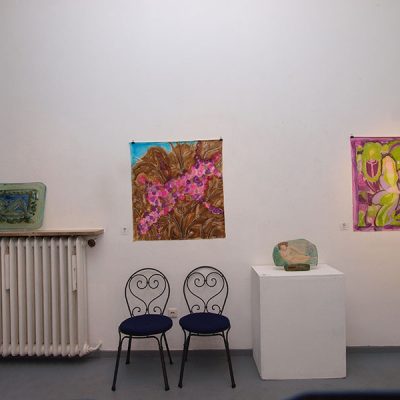
OLYMPUS DIGITAL CAMERA -

OLYMPUS DIGITAL CAMERA -
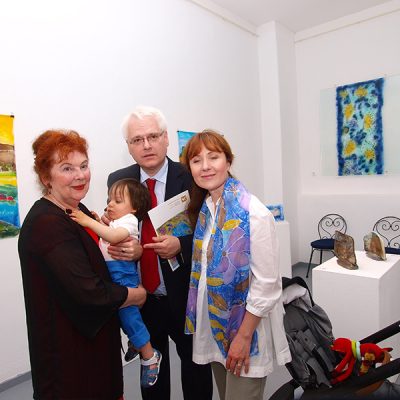
OLYMPUS DIGITAL CAMERA -
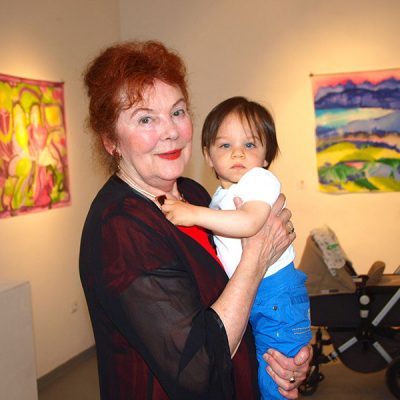
OLYMPUS DIGITAL CAMERA -
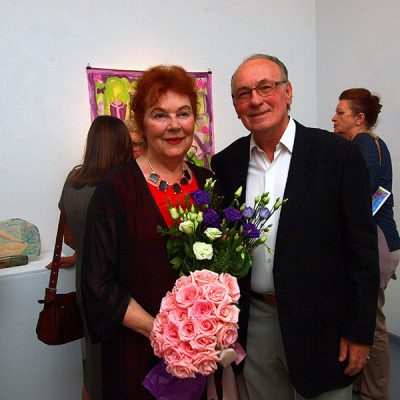
OLYMPUS DIGITAL CAMERA -

OLYMPUS DIGITAL CAMERA -
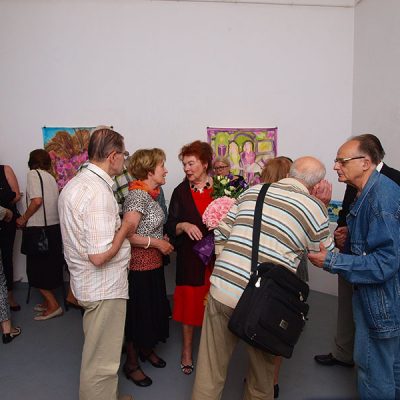
OLYMPUS DIGITAL CAMERA -
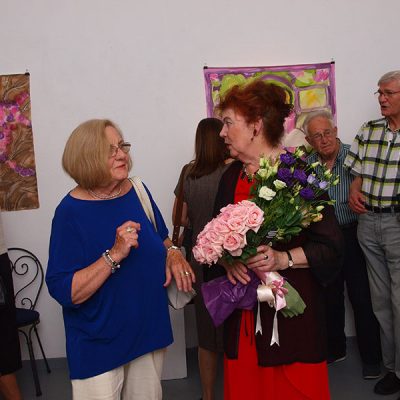
OLYMPUS DIGITAL CAMERA -
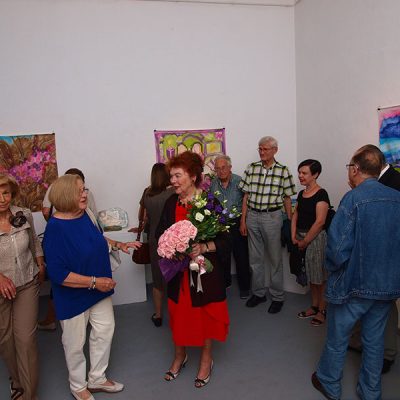
OLYMPUS DIGITAL CAMERA -
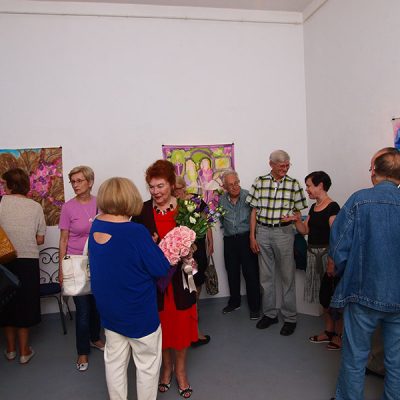
OLYMPUS DIGITAL CAMERA -
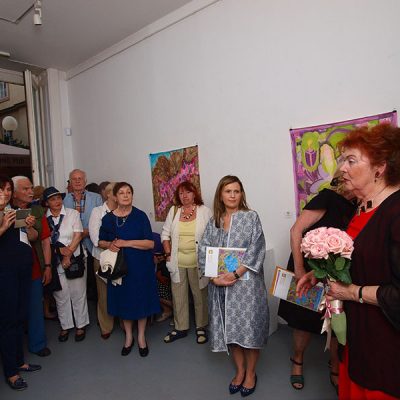
OLYMPUS DIGITAL CAMERA -
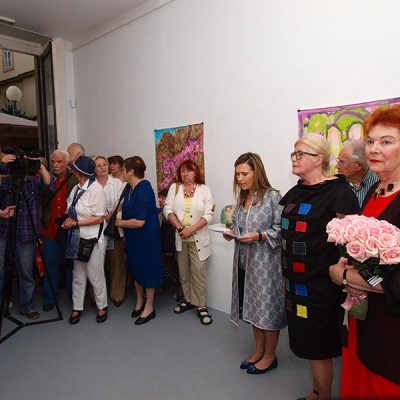
OLYMPUS DIGITAL CAMERA -
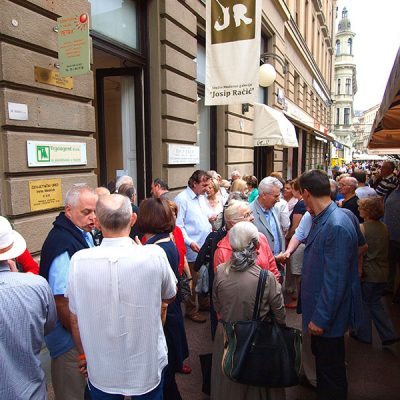
OLYMPUS DIGITAL CAMERA -
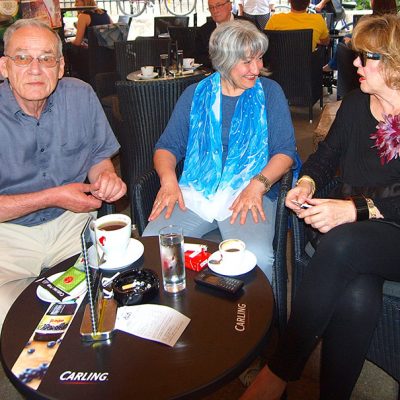
OLYMPUS DIGITAL CAMERA -
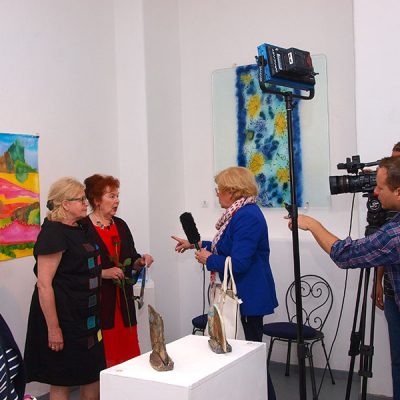
OLYMPUS DIGITAL CAMERA -

OLYMPUS DIGITAL CAMERA -
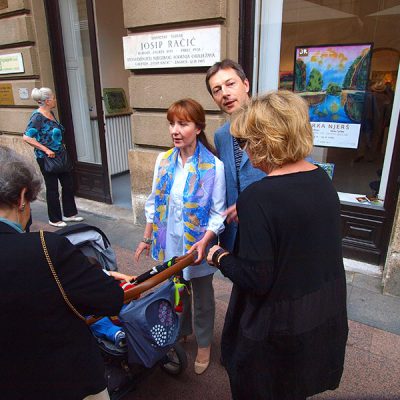
OLYMPUS DIGITAL CAMERA -
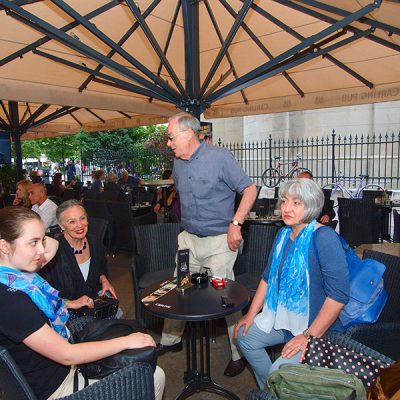
OLYMPUS DIGITAL CAMERA -
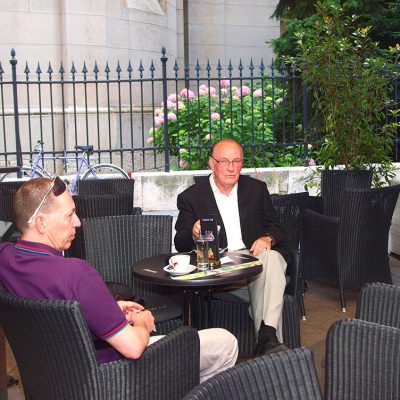
OLYMPUS DIGITAL CAMERA -
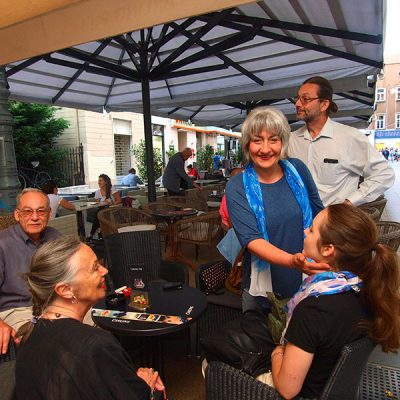
OLYMPUS DIGITAL CAMERA -

OLYMPUS DIGITAL CAMERA -
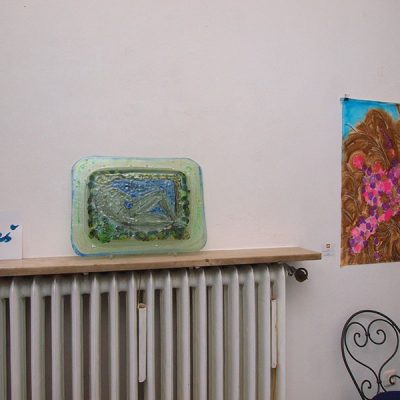
OLYMPUS DIGITAL CAMERA -
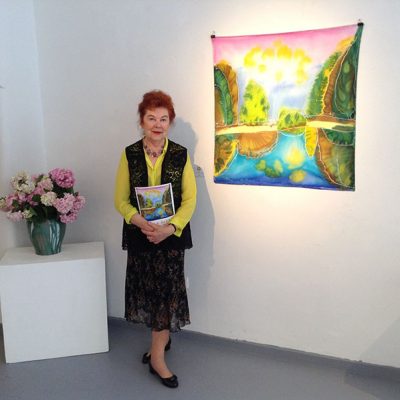
-

-

-
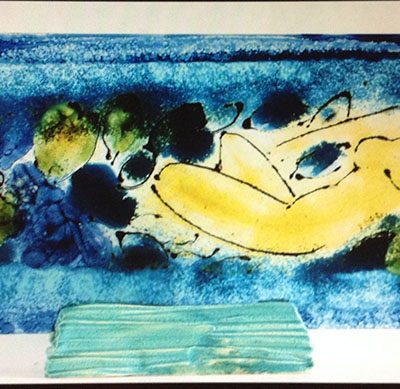
-
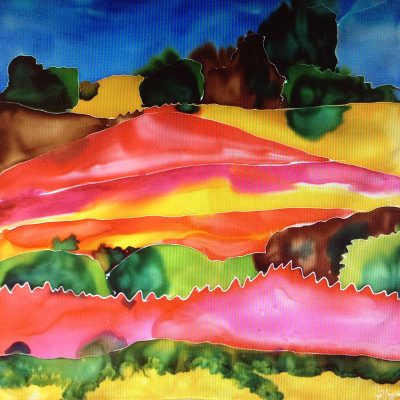
-
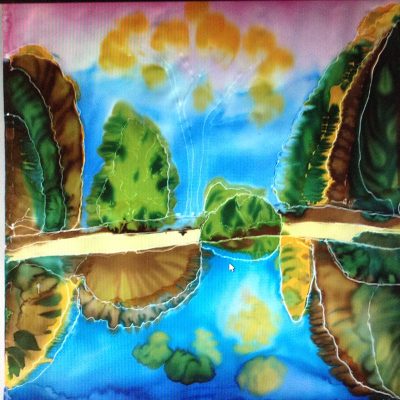
-
